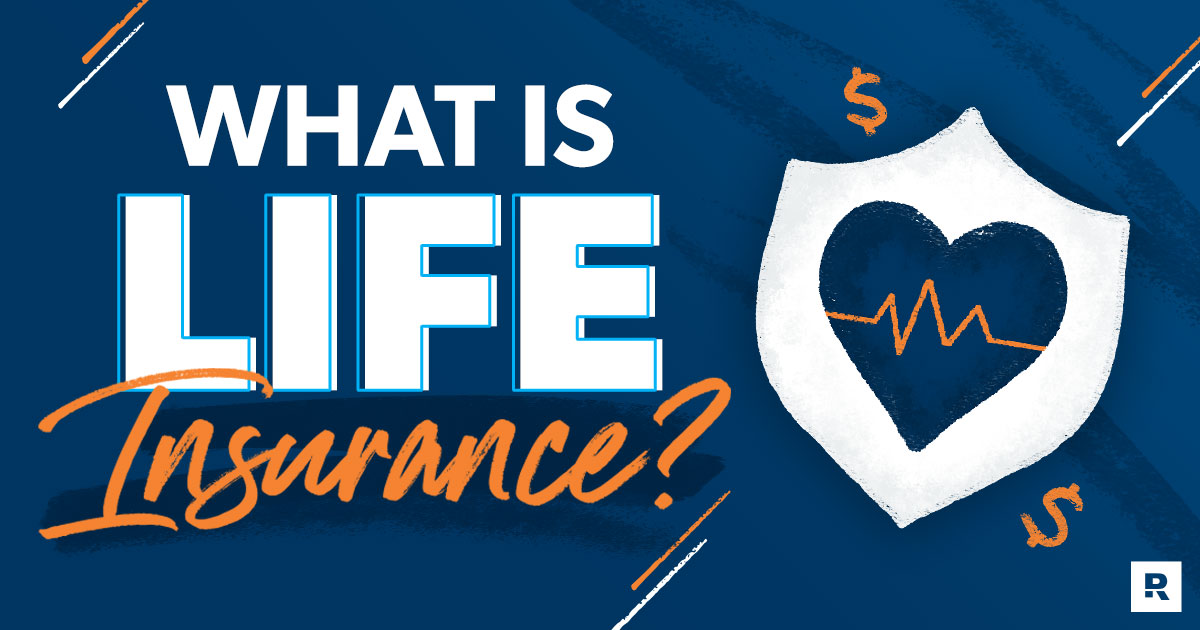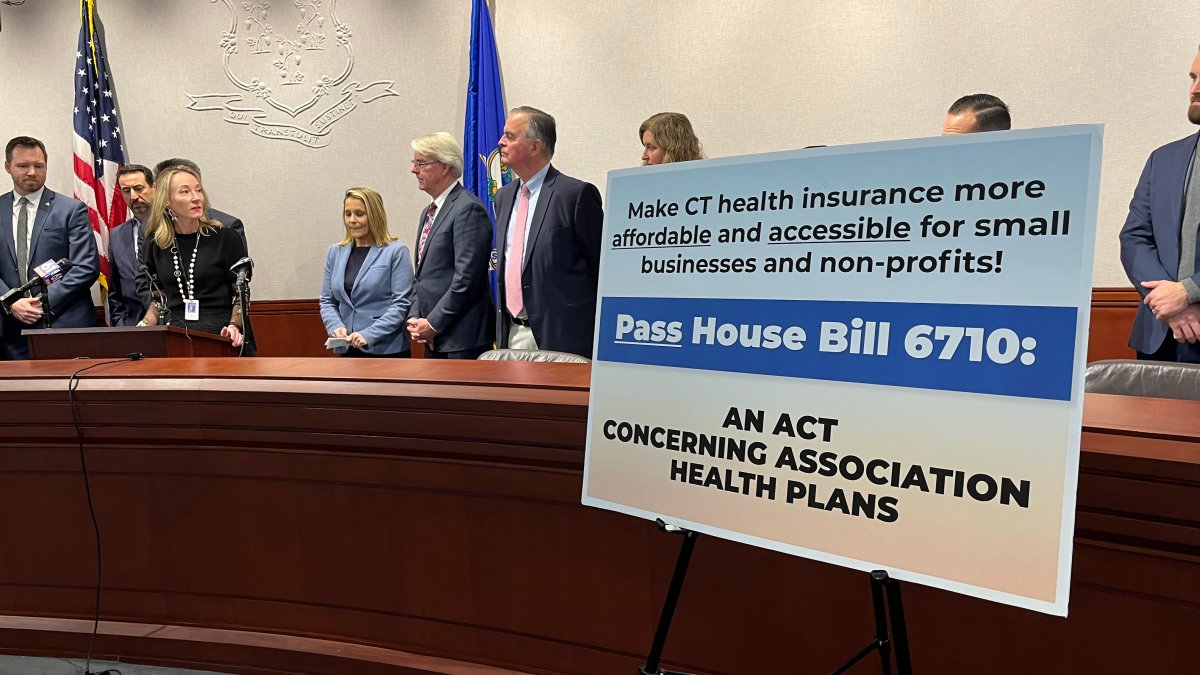7 Best Whole Life Insurance Companies

Coverage Options
You can pay your Nationwide whole life insurance policy one of two ways — by choosing higher premiums that pay up the policy in 20 years or with lower premiums that you pay until age 100. Nationwide’s whole life policies feature low minimum coverage amounts of $10,000 and are customizable with a variety of riders. Nationwide also offers universal and term life options.
Available Riders
Nationwide offers 16 riders for customizing its policies. However, not all riders are available for all policy types.
- Accidental death benefit
- Additional term insurance
- Children’s term insurance
- Chronic illness
- Critical illness
- Estate protector
- Extended no-lapse guarantee
- Guaranteed insurability benefit
- Long-term care
- Long-term care on survivorship
- Overloan lapse protection
- Overloan lapse protection II
- Policy split option
- Premium waiver
- Terminal illness
- Waiver of monthly deductions
*All AM Best ratings are accurate as of January 2023.
Mutual of Omaha: Our pick for accelerated death benefits
- Policies offered: Term, whole, universal and indexed universal
- AM Best rating: A+
Mutual of Omaha was founded in 1909, when it began selling health and accident insurance in Nebraska. It holds an A+ rating from AM Best, suggesting it is a financially strong life insurance company that will be around to pay claims on a long-term contract like a whole life policy. It also scored above average on the 2022 J.D. Power customer satisfaction survey and has fewer than the average number of complaints for a company of its size.
Most of its policies include two to three living benefit riders at no extra cost. This allows policyholders to accelerate some or all of their policy’s death benefit if they experience a qualifying illness.
Coverage Options
Mutual of Omaha offers term life, no exam whole life and universal life insurance coverage. Its whole life policies are guaranteed issue and can be purchased online or through an agent. It also offers whole life insurance for children with the option to purchase additional coverage later (without evidence of insurability).
Available Riders
The following riders are available on some or all of Mutual of Omaha’s life insurance policies:
- Accelerated death benefit
- Accelerated death benefit for terminal and chronic illness
- Accelerated death benefit for terminal illness or nursing home environment
- Accidental death benefit
- Additional insured
- Chronic illness
- Common carrier death benefit
- Critical illness
- Dependent children’s rider
- Disability income
- Disability continuation of planned premium
- Disability waiver of premium
- Disability waiver of policy charges
- Guaranteed insurability
- Guaranteed refund option
- Lapse guard
- Long-term care
- Other insured
- Residential damage waiver of premium
- Terminal illness
- Waiver of premium due to death of policy owner
- Waiver of premium for unemployment
- Waiver of surrender charges for partial withdrawals
State Farm: Our pick for customer satisfaction
- Policies offered: Term, whole, universal and no-exam final expense
- AM Best rating: A++
Although State Farm is best known for its property and car insurance policies, its life insurance products are also backed by the company’s impressive financial strength and customer satisfaction.
In fact, State Farm has the highest scores with two of the third-party ratings we track — AM Best (A++) and J.D. Power’s customer satisfaction survey (830 out of 1,000 points in the 2022 survey). This means customers can buy a policy with the peace of mind that State Farm will be around and able to pay whole life claims far into the future.
Coverage Options
State Farm offers four whole life insurance policies, including guaranteed issue final expense insurance that comes with up to $10,000 to pay for end-of-life expenses rather than replace a lost income. Its limited pay and single premium whole life policies are designed to frontload the cost of insurance so you don’t have premium payments during retirement. State Farm’s universal life insurance also covers two people under one policy.
If you’re reconsidering whole life coverage, State Farm offers three term life policies, one of which doesn’t require a medical exam (but doesn’t guarantee coverage, either). It has term life insurance policies in 10- to 30-year terms that can be converted to permanent policies, as well as a return of premium term life insurance, which pays back your premiums if you outlive your policy.
Available Riders
State Farm offers the following riders for life insurance policies. Rider availability varies by the type of policy.
- Children’s term rider
- Estate preservation
- Flexible care benefit
- Guaranteed insurability
- Level term
- Payor insurance
- Select term rider
- Waiver of premium for disability
- Waiver of monthly deduction for disability
Fidelity Life: Our pick for accidental death coverage
- Policies offered: Term, whole and guaranteed issue
- AM Best rating: A-
Serving customers since 1896, Fidelity Life is poised to offer quick, affordable life insurance coverage backed by $419 million in total assets. It offers online applications for some policies, but even if you are routed through an agent, most applications are approved within days. Fidelity Life has fewer riders and lower coverage limits than some competitors but stands out for its accidental death coverage and various life insurance options for seniors.
Although it offers fast and affordable coverage, Fidelity Life is somewhat lacking when it comes to customer service. It isn’t included in the 2022 J.D. Power customer satisfaction survey and receives more than the average number of life insurance complaints from state insurance departments.
Coverage Options
Permanent policy options include a whole life policy for seniors that provides partial coverage instantly, with full coverage kicking in after three years. Its expense life insurance comes in a simplified issue and a guaranteed issue variation. None of these options requires a medical exam, and coverage typically starts within a few days.
While Fidelity Life’s term life insurance may require a medical exam, it still offers limited day-one coverage based on non-medical underwriting (such as vehicle registration) while allowing six months to take the exam at the customer’s leisure. It also offers a standalone accidental death insurance policy, and you can supplement most of its traditional life insurance policies with an accidental death benefit rider.
Available Riders
Although it offers fewer riders than some competitors, Fidelity Life offers the following:
- Accidental death benefit
- Family accidental death benefit
- Terminal illness and accelerated death benefit
- Child insurance policy
- Inflation rider
- Return of premium
Transamerica: Our pick for fast claims
- Policies offered: Term, whole, indexed universal and final expense
- AM Best rating: A
Transamerica is a financial institution that offers life insurance along with investment solutions and annuities. It was founded in 1906 and holds an A rating from AM Best, so customers can rest assured it will be around to pay claims years or decades into the future.
The company’s customer service, however, is lacking. It scored below average in J.D. Power’s latest comparison and receives more than the expected number of complaints.
Coverage Options
Transamerica offers term life insurance with coverage up to $10 million and more (depending on personal qualifications) and issues its term policies to those up to 80 years old. It also features whole life and indexed universal life policies for customers who want a cash value component and a variety of financial planning solutions to quickly and easily cover beneficiaries for funeral expenses and other burdens associated with your death.
Available Riders
Transamerica offers the following riders across its plans. Rider availability is subject to the life insurance plan you choose.
- Accidental death benefit
- Additional insured
- Base insured
- Children’s benefit
- Chronic illness accelerated death benefit
- Concierge planning
- Critical illness accelerated death benefit
- Disability waiver of monthly deductions
- Disability waiver of premium
- Guaranteed insurability benefit
- Income protection option
- Monthly disability income
- Overloan protection
- Term insurance
- Terminal illness accelerated death benefit
Northwestern Mutual: Our pick for a personalized experience
- Policies offered: Term, whole, universal and variable universal
- AM Best rating: A++
Northwestern Mutual sells life insurance through a network of experienced and knowledgeable agents, making it a good choice if you prefer a traditional buying experience with a personal touch. It matches financial advisors to each customer’s unique goals to better guide them through the creation of a personalized financial strategy. Northwestern Mutual boasts the highest rating given by AM Best and a 97{a652ac39cb023ff8fd1cc85f4393f5b1bb70bf2f880b7bee35f712e4bd8633f7} policyholder retention rate.
Although Northwestern Mutual’s financial professionals offer a personalized experience, the company leaves much to be desired with its digital experience. It only offers very basic descriptions of its policy types, leaving details like coverage limits or issue ages to be discussed with an agent. To learn more about its policies and to apply, you must talk to a representative.
Coverage Options
Northwestern Mutual offers term and permanent life insurance, including whole, universal and variable universal policies. Some policies may pay dividends, and Northwestern Mutual estimates it will pay $6.8 billion for eligible policies in 2023. To learn more about these policies, contact a Northwestern Mutual financial advisor.
Available Riders
Rider information is not available on Northwestern Mutual’s website. Reach out to an insurance agent to learn more about policy add-ons.
Penn Mutual: Our pick for custom coverage
- Policies offered: Term, whole, universal, indexed universal and variable universal
- AM Best rating: A+
Penn Mutual started in 1847 and has an A+ rating from AM Best, proving that it has a strong track record of paying claims and has stood the test of time. As a mutual company, it is one of the few policyholder-owned providers on this list, meaning it offers the opportunity to earn dividends with some of its life insurance policies.
Coverage Options
Penn Mutual offers a standard whole life policy with custom payment options and guaranteed insurance protection up to age 121, plus a survivorship whole life policy designed to cover two lives. Other permanent life insurance policies include universal life, indexed universal life and variable universal life.
If you’re more interested in affordable, temporary coverage for the years when your need is greatest, Penn Mutual offers a guaranteed convertible term policy, a non-convertible term policy for tighter budgets and a one-year non-renewable term policy.
Available Riders
Penn Mutual offers a long list of riders for policy customization. Individual riders may not be available on all policies.
- Accidental death benefit
- Accelerated death benefit
- Accelerated permanent paid-up additions
- Additional insured term insurance
- Cash value enhancement
- Children’s term insurance
- Chronic illness accelerated benefit
- Disability completion benefit
- Disability waiver of premium
- Enhanced disability waiver of premium
- Enhanced permanent paid-up additions
- Flexible protection
- Guaranteed increase option
- Guaranteed purchase option
- No-lapse guarantee
- Overloan protection benefit
- Supplemental exchange
- Supplemental term insurance
- Surrender value enhancement
- Waiver of surrender charges
Types of Life Insurance
A life insurance policy is a contract between a policyholder and an insurer that provides financial protection, known as a death benefit, in case the policyholder dies while the policy is in force. Different types of life insurance cater to various financial needs. The two major life insurance categories are permanent and term life insurance.
Term Life Insurance
Term life insurance provides a death benefit for a limited number of years, such as 10, 20 or 30 years. Premiums stay the same for the term period, and the death benefit amount is fixed. If the insured person outlives the term, the policy ends without paying its death benefit. Some term policies are annually renewable after the term expires, although premiums will likely increase due to the policyholder’s age.
Some types of term life insurance include:
- Level term life
- Decreasing term life
- Renewable term life
- Convertible term life
- Return of premium term life
Permanent Life Insurance
Permanent life insurance provides coverage for the policyholder’s entire life, as long as they continue to pay premiums. These policies also have a savings component called cash value. Once a policy’s cash value reaches a certain amount, the policyholder can withdraw it, borrow against it or even use it to pay their premiums.
Whole life insurance typically offers a guaranteed and tax-free death benefit, guaranteed cash value accumulation and level premiums. There are other policy types, like universal life, that offer more flexibility but introduce more risk.
There are five main types of permanent life insurance:
- Whole life
- Universal life
- Variable life
- Variable universal life
- Indexed universal life
Factors That Affect the Cost of Life Insurance
Life insurance companies don’t just look at the amount of coverage when setting life insurance premiums. Providers underwrite policies based on factors about the individual applicant, such as their age, gender, health and other potential risk factors. Here are common considerations carriers take when underwriting life insurance policies:
- Age: As you age, your risk of death increases, which makes it more likely that a claim will be filed on your policy.
- Gender: Women have a longer life expectancy than men and generally pay less for life insurance as a result.
- Health: Your health is a major factor in your life insurance premiums. Providers may ask you about your medical history or request that you take a medical exam to determine your risk level.
- Pre-existing or chronic conditions: When you apply for life insurance, you’ll have to disclose chronic illnesses such as diabetes, heart disease, cancer or sexually transmitted diseases. If you are affected by pre-existing conditions, you may be placed in a higher-risk pool at a greater cost or even excluded from coverage.
- Lifestyle: If you engage in smoking, excessive drinking or other unhealthy lifestyle behaviors, it may negatively impact your premiums.
- Dangerous hobbies: Some activities put you at an increased risk of death. Dangerous hobbies such as skydiving, skiing or rock climbing increase your beneficiary’s likelihood of filing a claim against your policy and, therefore, your premiums.
- Driving record: If your driving record includes accidents, DWI/DUI citations, claims, or tickets, your life insurance cost may increase.
- Location: Companies use regional mortality rates and life expectancy data to factor geographical risk into your life insurance rates.
Is Whole Life Insurance Worth It?
Whole life insurance guarantees a death benefit so long as you pay the policy premiums, and it accumulates cash value as a living benefit that you can withdraw or borrow against. However, it’s substantially more expensive than term life insurance. So, is whole life insurance worth it?
Permanent life insurance lasts for your entire life — as long as you pay the policy’s premiums. It also accumulates cash value, which the policyholder can access before they die. This additional investment component can make whole life policies a smart choice if you want to supplement your retirement funds or have complex financial obligations.
If anyone depends on your income or you want to guarantee a payout to cover your end-of-life costs no matter when you die, whole life insurance is likely worth it. If you have no lifelong dependents, your significant financial obligations (like a mortgage or paying for college) have been met and you have no debt, you may want to reconsider buying whole life insurance.
The Bottom Line
Life insurance can provide the peace of mind that your loved ones will be supported when you’re gone. If you want level premiums and a guaranteed death benefit for your beneficiaries, and budget isn’t a concern, a whole life insurance policy is a great option. But everyone has a unique financial situation and not all policies are right for everyone.
Because a whole life contract can last for decades and can be costly to surrender, it’s crucial to find the right policy for you. We gathered our picks for the best whole life insurance companies in this article and recommend that you compare quotes from at least three providers before deciding.
Methodology: Our System for Ranking the Best Life Insurance Companies
Our goal at the Guides Home Team is to provide you with comprehensive, unbiased recommendations you can trust. To rate and rank life insurance companies, we created a thorough methodology and analyzed each company by combing through online policy information, speaking to agents via phone, reading customer reviews for insight into the typical customer experience, and reviewing third-party financial reliability scores.
After collecting this data, we scored each company in the following categories: coverage, riders, availability and ease of use and brand trust.
AM Best Disclaimer
Mike Miller is a writer with a decade of experience producing product and service content to help consumers make informed purchasing decisions. Mike has a bachelor’s degree in creative advertising. In his spare time, Mike enjoys riding and fixing motorcycles, reading a good book and spending time with his wife and two cats.
Tori Addison is an editor with over five years of experience in the digital marketing industry. Her includes communications and marketing work in the nonprofit, governmental and academic sectors. A journalist by trade, she started her career covering politics and news in New York’s Hudson Valley. Her work included coverage of local and state budgets, federal financial regulations and health care legislation.






:quality(70)/d1hfln2sfez66z.cloudfront.net/02-02-2023/t_832fc9813d3741189856dfd7da126358_name_Car_Insurance_Increase_transfer_frame_627.jpeg)
